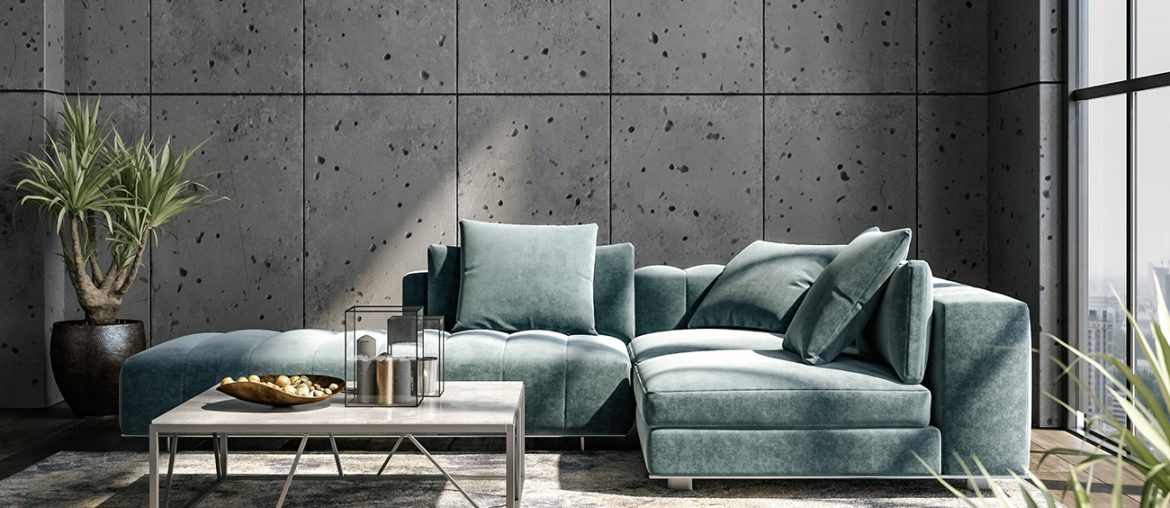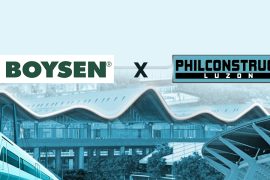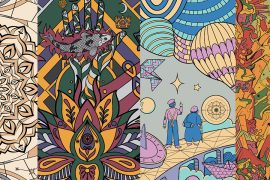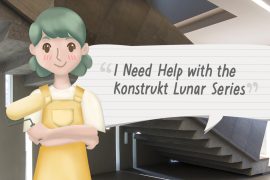An architecture and interior design trend shows that brutalism is making its way back into the scene.
Brutalism belongs to the modern architecture of the 20th century that evolved from the Bauhaus movement of the early 20th century.
Bauhaus focused on simplicity and functionalism and made use of concrete and glass. Brutalism, on the other hand, emerged in mid-20th century, and used the rawness of concrete to create powerful, massive, and monolithic buildings that looked imposing with their rigid shapes, monochromatic color schemes (usually gray), rough surfaces and geometric forms.
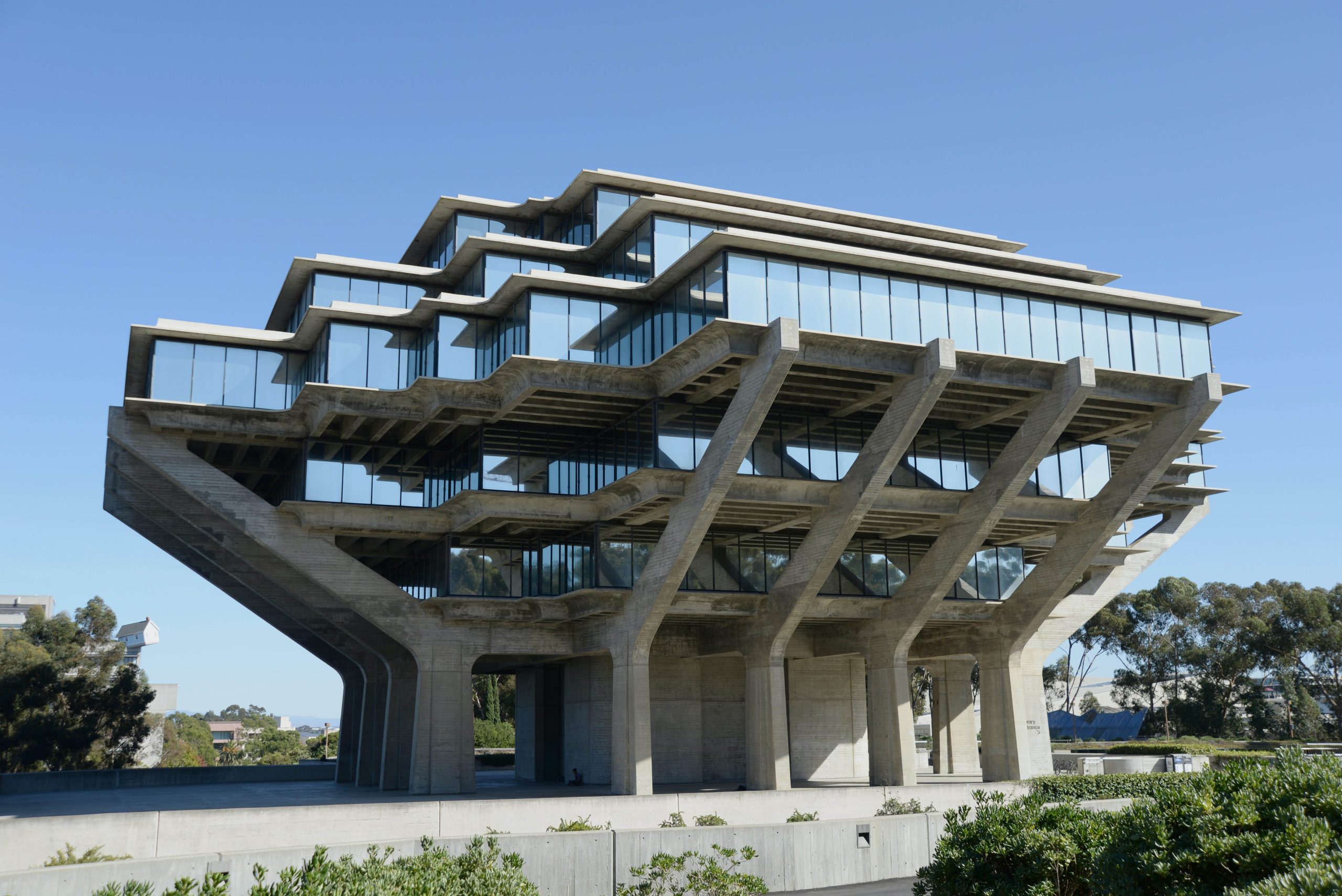
The Cultural Center of the Philippines (CCP) of Leandro Locsin, which was built in 1966, is an example of Brutalism. CCP closed in January 2023 to start its renovations that are expected to last three years.
Other such buildings in the country are the old Makati Stock Exchange, the Manila Peninsula, the Philippine International Convention Center, the Manila Film Center, and the UP Theater in Diliman, to name a few.
For some people, Brutalism looks cold and oppressive, but for the fans of this style, they could be thought of as “concrete poetry”.
While Bauhaus focuses on simplicity, functionalism and mass production, Brutalism is more about the emphasis on materials—like concrete, steel, brick—and the expression of these materials to emphasize texture, mass, and shapes. Both styles reject the ornamentation of the architecture styles before it.
Bauhaus was founded in 1919 by Walter Gropius, who believed that the new era of post World War I needed to adapt to the era of the machine. He also believed in bridging the gap between art and industry, and that architecture and design were in the same footing as craftsmanship (e.g. painting, woodworking). The radical core concept of Bauhaus was that the material world should reflect the unity of all the arts.
Brutalism emerged in the 1950s in the UK during post World War II. It was the architectural style used in most post-war reconstruction projects, including in the socialist countries, that it became known as the “most socialist of all modern architecture movements”. It favored functionality over embellishment. and even exposed structural elements like holes and seam lines in dried concrete.
Why Brutalism Is Back
View this post on Instagram
What draws some of today’s architects and interior designers to Brutalism?
Brad Dunning of GQ says, “Brutalism is the techno music of architecture, stark and menacing. Brutalist buildings are expensive to maintain and difficult to destroy. They can’t be easily remodeled or changed, so they tend to stay the way the architect intended. Maybe the movement has come roaring back into style because permanence is particularly attractive in our chaotic and crumbling world.”
One of the designers, Colin King, of the Berlin apartment shown in the Oscar-nominated movie Tár said, “There is a purity and simplicity to it. Perhaps it’s the appreciation for contrived forms juxtaposed with raw materials or the desire for something that feels solid and grounding. Brutalism honors the process of designing by exposing its very construction, and I think there’s something fascinating and subversive about that.”
Neo-Brutalism
Today’s architects and interior designers are veering away from the elements that made the original Brutalist buildings look “ugly and cold”.
They still keep the minimalist, simple, and functional aesthetics, but they tweak the original look. For example, they may add organic accents, add a sheen to concrete floors for a more elegant look, add inviting colors, and use furniture or decor that give a hint of the Brutalist touch like those designed by Le Corbusier, one of the pioneers of modern architecture.
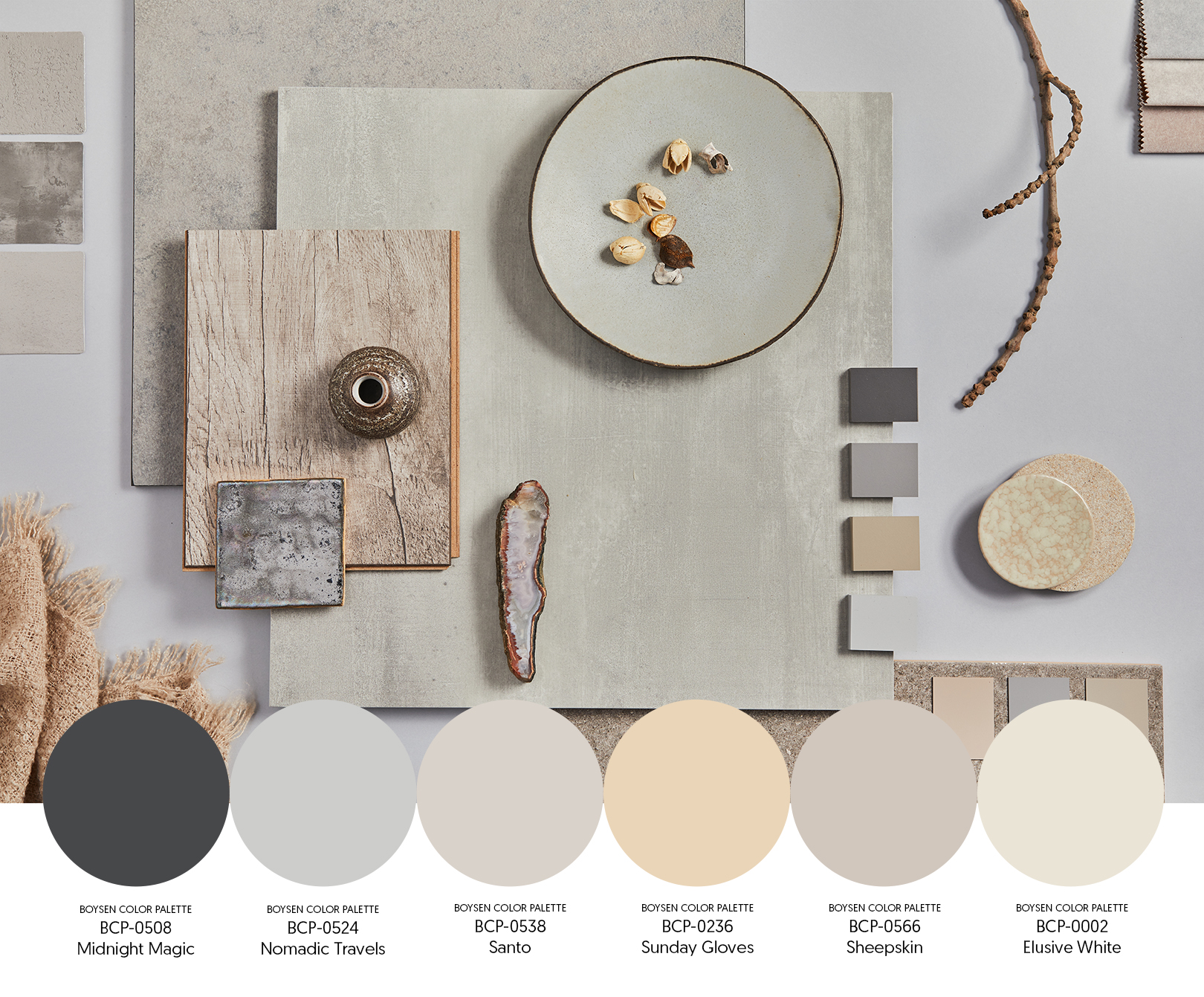
See the mood board we made for you above that you can use for your home. The paint color palette is something similar to the near-neutral hues that make for a relaxing and comfortable home. The colors are available in Boysen’s Mix and Match Stations in the country. Use natural elements, such as wood, stones, and plants, to make your home feel warm and cozy.
A Boysen material that we recommend is the Konstrukt Lunar Series, industrial finishes that will give you that Brutalist vibe.
If you want to read more about Architecture and Interior Design trends, subscribe to Let it B.

